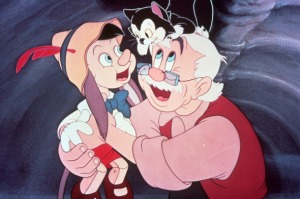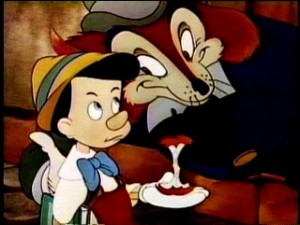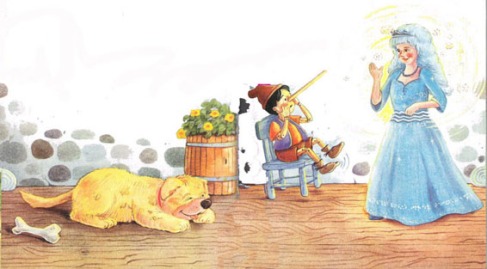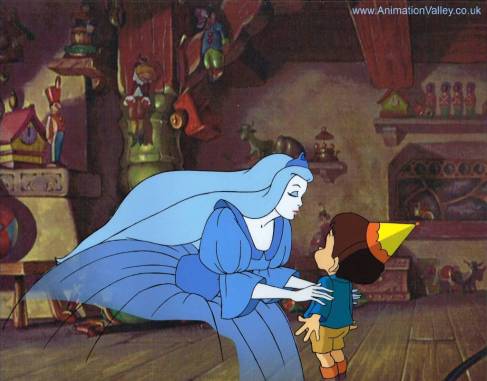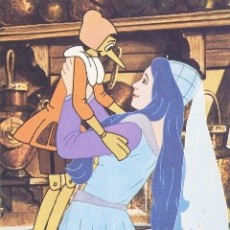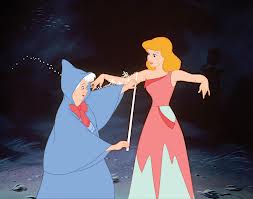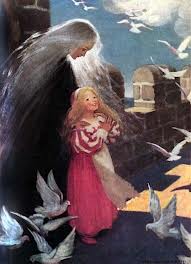In Lewis Carroll’s Through the Looking-Glass, Alice encounters a White Knight in Chapter Eight, titled “It’s My Own Invention.” Alice’s character is based on one of Carroll’s favorite child friends, Alice Liddell, so is too far-fetched to say that Carroll inserted himself in this second story about Alice, not as a Dodo this time, but as the White Knight? There are many clues to this from the White Knight’s description to his actions that can point to this connection between the author and this character of the White Knight.
The White Knight is described as having “shaggy hair” (Carroll 207) and “mild blue eyes” (Carroll 214), and although this is minimal as anyone could have shaggy hair and blue eyes, Carroll did have these characteristics. Also as discussed in class, it was brought up that the illustrator, Sir John Tenniel, decided to draw the White Knight in his image although that character was meant to be Carroll. In the Introduction of the edition I read, this detail was mentioned in two places about Carroll writing himself into the story as the White Knight as an attempt at autobiography (Carroll xxiii) and about Tenniel substituting his image for Carroll’s (Carroll lxxix).



As for the White Knight’s behavior, he frequently falls off his horse and onto his head, which I interpret to be a representation of Carroll’s stuttering in real life. In Alice’s Adventures in Wonderland, he writes himself and the Liddell family into the book as various animals Alice encounters down the rabbit hole. Carroll was the Dodo, whose name came from the form of his real last name when he experienced his chronic stammer—“Do-Do-Dodgson” (Carroll xvi). Thus, it would not be surprising if Carroll made an appearance again in his second volume based on Alice. Another one of the White Knight’s habits is inventing new, albeit dysfunctional, objects, which is suggestive of Carroll’s own career of writing the first stories of Alice’s Adventures Under Ground and Alice’s Adventures in Wonderland and his hobby from which these novels came from of telling tales to the Liddell siblings (Carroll xxxi-xxxiv). Additionally, Carroll was rumored to have been obsessed or very attached to the real Alice Liddell (Carroll xxi-xxii, xxxv, xxxvii), and so it seems appropriate that the White Knight would try to take fictional Alice as “prisoner” (Carroll 205-207).

In Through the Looking-Glass the White Knight guides Alice to queendom. He cannot follow her across the brook to where she will become queen, and this can be seen as a metaphor for Carroll being unable to follow Alice as she grows up and leaves childhood especially after his breakup with the Liddell family (Carroll xxi-xxii, xxxv, xxxvii). He wanted to keep Alice as his prisoner in both the story and in reality as Carroll was losing his child friend to the aging process and the rift with her family. However, the White Knight cannot follow Alice as she matures as his character states twice (Carroll 207, 218). Carroll creates scenes where Alice doesn’t follow the White Knight’s illogical inventions just as she did in real life when she no longer believed in Carroll’s made-up stories (Bjork & Eriksson 74). Eventually, Alice in real life grows up and gets married and never interacts with Carroll again, and her becoming a queen and acquiring a “golden crown” (Carroll 219), which is an allegory for maturing and marriage (as a golden crown is to a golden ring, symbolic of matrimony), is an allegorical event for this.
This entire eighth chapter is almost an autobiographical mourning story as Carroll expresses his grief for Alice’s growing up and growing disinterest in what used to be their shared imaginary world. This chapter allows the author to literally close the Alice chapter in his life so he could move on. He does express his sadness at this seemingly one-sided relationship since the fictional character Alice does not cry and is not moved by the White Knight’s poem, which disheartens the White Knight (Carroll 218) just as the real Alice no longer took interest in Carroll’s stories disheartening him as well. Yet, as the White Knight leaves, he tumbles off of his horse again. Then Alice comments, “However, he gets on pretty easily” (Carroll 218), which could be taken to mean that the author has written Alice to feel sympathetic for him, and it also implies that he will be fine without Alice.
Bjork, Christina, and Inga-Karin Eriksson. The Other Alice: The Story of Alice Liddell and Alice in Wonderland. 1st. ed. Stockholm: Raven and Sjorgren, 1993. Print.
Carrol, Lewis. Alice’s Adventures in Wonderland and Through the Looking-Glass. Ed. Hugh Haughton. Centenary ed. London: Penguin Group, 1998. Print. Penguin Classics.
